Can you cut your electricity bills by using energy efficient lighting? Best bulbs to light your home for less
This article contains affiliate links. We may earn a small commission on items purchased through this article, but that does not affect our editorial judgement.


It’s the dead of winter, and we’re all looking for ways to save money on our growing energy bills. Although gas and heating often takes up the majority of these bills, choosing the right modern, energy efficient light bulbs and lighting solutions can often make a significant contribution to lowering overall electric bills over the course of dark months.
Luckily, unlike in years past, there are now countless opportunities and products on the market that are eco-friendly, recyclable, rechargeable and offer inventive solutions like WiFi connectivity to ensure they can be turned on and off remotely, for example. We’ll be looking at a range of solutions here and assessing which technology is best for.
Best energy efficient lighting at a glance
- Best for mood lighting: Nanoleaf LED Light Strip Starter Kit
- Best for cosy, strategic lighting: Dusk Caspa Wall Light
- Best for a budget option: TP-Link Tapo L530B Smart Coloured Lightbulb
- Best wifi-compatible option: Trust WiFi Colour Changing Light Bulb Pack
- Best on test: Philips 2.3W Ultra Efficient Lightbulb
- Best for easy to use, wifi compatible: 4Lite Wiz LED 9W Light
What lighting should I choose?
LED lights are the best bet when it comes to replacing your existing incandescent bulbs. Incandescent lamps use around 10 times the amount of energy of LED lamps, whereas LED bulbs, on the other hand, are energy-saving and offer long-lasting quality light. A LED bulb can last for many years, which eliminates the hassle of frequent bulb replacement. They also use up to 90% less energy than standard incandescent bulbs, making LED bulbs good for both planet and pocket.
Research from the Energy Saving Trust indicates that lighting takes up about 11% of the average UK household electricity consumption. Switching to energy-efficient LED lighting can help the average British household save £15-£18 per light bulb, which equates to a saving of £250 per year. Given that there are likely more lamps to replace in homes hit by fuel poverty, the positive impact would be more significant. The switch to LED lighting will also play a huge role in reducing CO2 emissions, furthering progress to a greener future.
The technology behind much of this lighting has improved dramatically in recent years - here are some of our recommendations to get you started on the way to an energy-efficient home.
Stay warm for less this winter
For winter warmers for your home, check out our guides to the top weighted blankets, the best winter duvets for your bed, and also our guide to the best portable heaters.
You can keep the heat in your house with these insulated curtains, and cut heating bills further with an energy-efficient dehumidifier to cut moisture levels in your house. In case of a power cut - these are the essentials you need this winter.
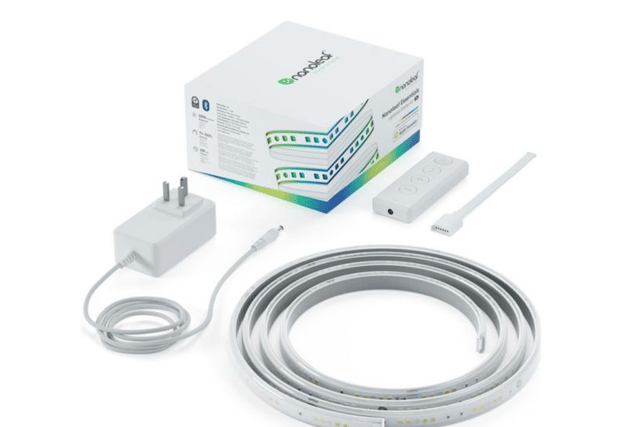

LED strips are an attractive and energy efficient way of creating mood lighting in an environment, and are especially good behind desks and table tops to provide warm ambient conditions.
The backlighting was easy to install using included foam pads behind, and controllable and colour changing lighting. As this is a starter pack, the lighting can also be extended if longer strips are required, and we also like the fact that it is Google Home and Apple HomeKit compatible.
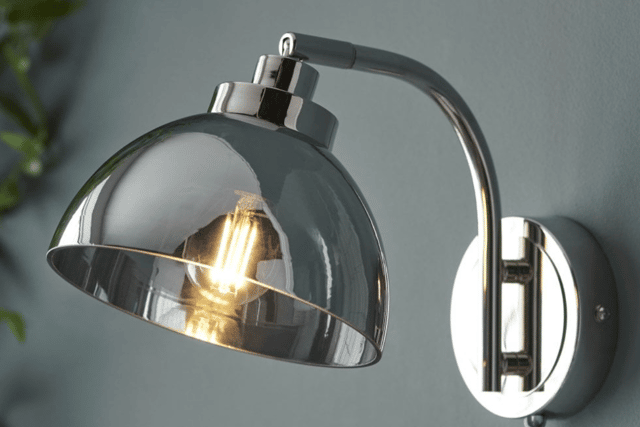

As well as looking at eco efficient light bulbs to reduce your energy consumption, choosing different light configurations in your home can also be beneficial as you can choose strategic, cosy lighting options without bright, energy-intensive main lights on.
Wall lights such as this option from Dusk are worth looking at, and when twinned with an E14 low-energy LED light bulb provides a warm environment without using a lot of energy.
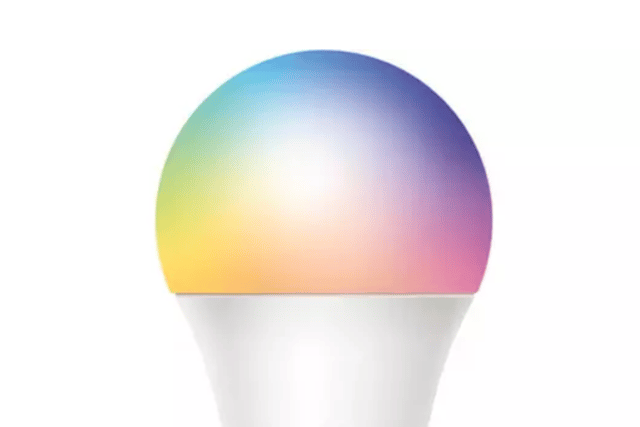

Dimmable, controllable lighting, as you’ll see in the list of products here, is the way to go when you’re looking to save money from your home lighting setup.
This option from TP-Link is very affordable, and we especially liked the different hue options which allow you to choose from the entire colour spectrum. It’s also nice to not have to pair it up to a central hub, which is a time and money saver.
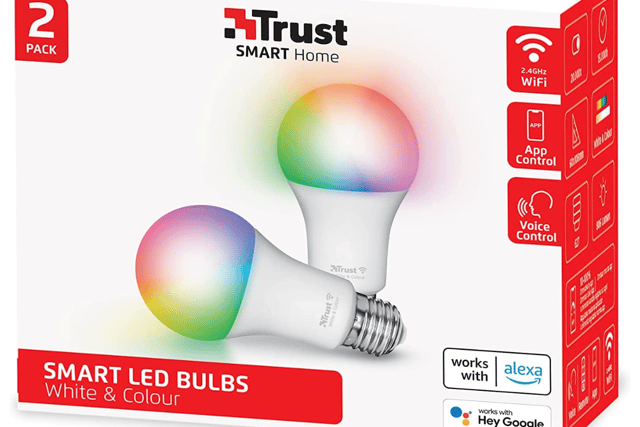

Operated via the Trust Smart Home WiFi app, these efficient options are currently available for a reduced rate. Again, like other bulbs on this list, there’s no need for an expensive hub as the bulbs themselves are WiFi connected.
We especially liked the fact that on the app, there are a number of pre-programmed scenes available, as well as clever ‘smart scenarios’ which automate the lighting depending on timers and ambient conditions.
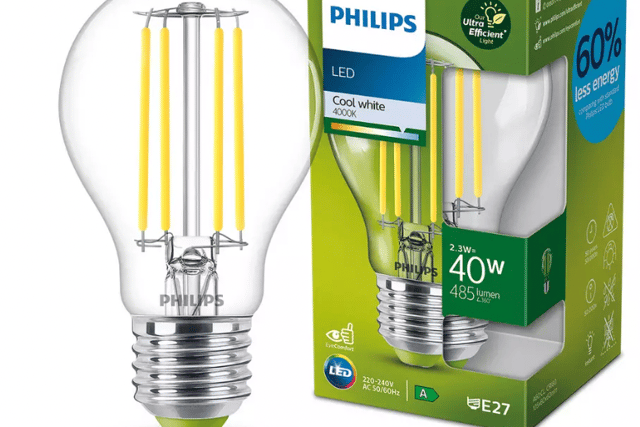

This is straight from Philips ‘ultra-efficient’ range, a state of the art lighting solution that uses new technology to make at least a 50% saving over standard LED products from the brand.
Rating an ‘A’ in terms of efficiency, and lasting around 45,000 years - which is more than five years - the bulbs are perhaps the most energy efficient we tested, and we especially liked they were available in both a 3,000k warm temperature, and 4,000k cool temperature.
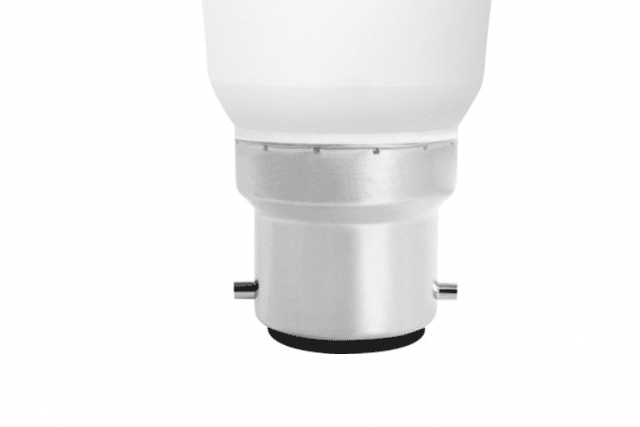

The Wiz app is a great option when it comes to controlling your lighting from your tablet or mobile device. It promises to make smart lighting simple, and we found it easy to use, offering the ability to create ‘scenes’ which preset each light to the desired setting.
4Lite options are especially energy-efficient, using just 9W for more than 25,000 hours of LED time - great value for money, too.
